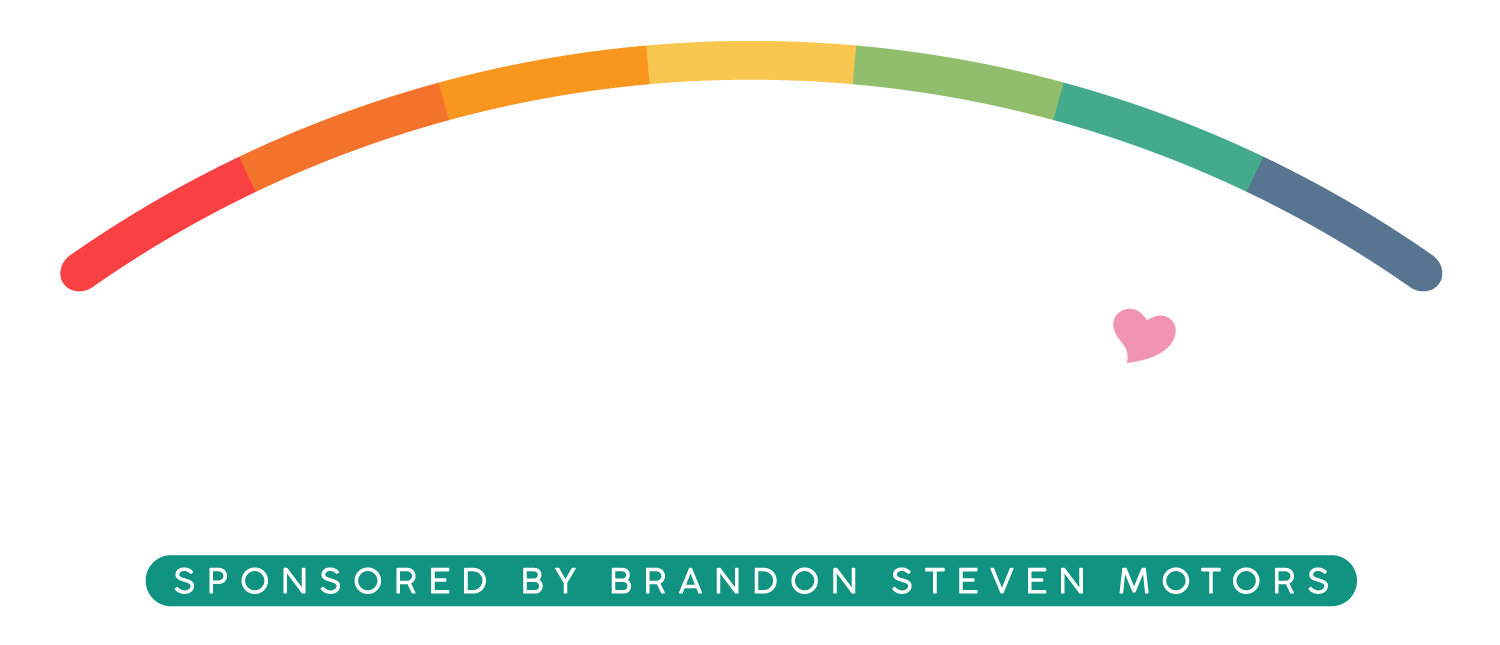National Adoption Month
November is National Adoption month. National Adoption Month is an initiative that seeks to increase awareness of adoption issues, bring attention to the need for adoptive families for teens in the U.S. foster care system, and emphasize the value of youth engagement. In recent years, efforts have been focused on adoption for teens because we know that teens in foster care wait longer for permanency than younger children and are at higher risk of aging out. Teens need love, support, and a sense of belonging that families can provide. Securing lifelong connections for these teens, both legally and emotionally, is a critical component in determining their future achievement, health, and well-being.
Myth #1 You have to be married and own your own home to adopt
Adoptive parents can be married or single and own or rent their homes. You don’t need to own your own home, be wealthy, have children already, have a college degree, or be a stay-at-home parent to adopt. However, you do need to demonstrate that you can support yourself without any additional income, such as adoption assistance.
Myth #2 Adoption is too expensive
“I cannot afford to adopt” is something we frequently hear people share as a concern, preventing them from wanting to become an adoptive parent. But in most cases adoptions from foster care have minimal costs to the family. Adoption assistance exists to remove the financial and other barriers that may prevent a family from adopting from foster care and ensure that a child’s special needs are met.
Myth #3 Older you don’t want to be adopted
As we all know, you never outgrow the need for a family. Everyone needs a sense of belonging. Through adoption, older children are connected to a family that can provide a sense of stability, lasting connections, and guidance with important life tasks—including enrolling in higher education, finding stable housing, securing employment, and establishing healthy relationships. Most children that are up for adoption are 12 years old and older. Most younger children also have a sibling in foster care.
Myth #4 Foster children are bad or dangerous
Children and youth enter foster care through no fault of their own. Children almost always enter foster care because their parents are unable to care for them safely. The reasons vary and include parents substance use, mental health challenges, chronic neglect, physical abuse, sexual abuse, and illness. For many children there are multiple factors.
Myth #5 You have to have everything together to adopt
If that were the case, no one would ever be adopted! You don’t have to be perfect to be a perfect parent, if you have room in your home and in your heart, you can help a child in need. Qualities of successful foster and adoptive parents are similar to all parents. Helpful qualities include being willing to seek out and use support services, learn new parenting techniques, and advocate for your child. Flexibility and humor go a long way as well! Critical to being a successful foster and adoptive parent is understanding the challenges these children have faced and not taking their behavior personally.

